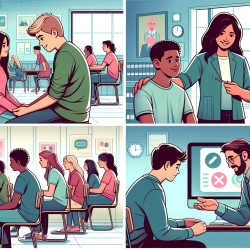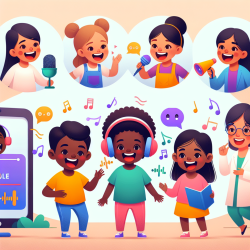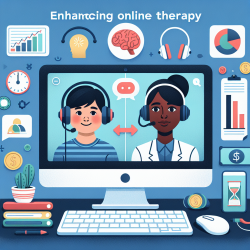Introduction
As we continue to navigate the post-pandemic world, the importance of addressing disparities in access to sexual and reproductive health services (SRHR) among adolescents and young people has never been more critical. The research article titled "Disparities in Accessing Sexual and Reproductive Health Services and Rights Among Adolescents and Young People During COVID-19 Pandemic: Culture, Economic, and Gender Perspectives" provides invaluable insights into the challenges faced by this vulnerable group, especially in low- and middle-income countries (LMIC).
Key Findings from the Research
The study highlights several critical areas where disparities have been exacerbated due to the pandemic:
- Gender Inequality: The pandemic has intensified existing gender disparities, with young women and girls facing increased barriers to accessing SRHR services.
- Cultural Norms: Deeply rooted cultural practices continue to hinder access to essential health services, with the pandemic further entrenching these barriers.
- Economic Challenges: Economic downturns have limited government and individual capacities to support SRHR services, affecting accessibility and availability.
Implications for Practitioners
For practitioners working with adolescents, understanding these dynamics is crucial for improving service delivery. Here are some actionable steps based on the research findings:
- Advocate for Gender Equality: Practitioners should actively participate in advocacy efforts to promote gender equality in healthcare access and policy-making.
- Engage with Cultural Leaders: Building partnerships with cultural leaders can help bridge the gap between traditional practices and modern healthcare needs.
- Leverage Technology: Utilize telehealth and digital platforms to reach adolescents who may face mobility or geographical barriers.
Encouraging Further Research
While the study provides a comprehensive overview, it also underscores the need for further research. Practitioners are encouraged to contribute to this body of work by:
- Conducting localized studies to understand specific community needs and challenges.
- Collaborating with interdisciplinary teams to explore innovative solutions.
- Sharing findings with policymakers to inform data-driven decision-making.
Conclusion
The COVID-19 pandemic has highlighted and, in many cases, exacerbated existing inequalities in access to SRHR services among adolescents. By leveraging research insights and advocating for systemic changes, practitioners can play a pivotal role in creating equitable health outcomes for young people. To read the original research paper, please follow this link: Disparities in Accessing Sexual and Reproductive Health Services and Rights Among Adolescents and Young People During COVID-19 Pandemic: Culture, Economic, and Gender Perspectives.










